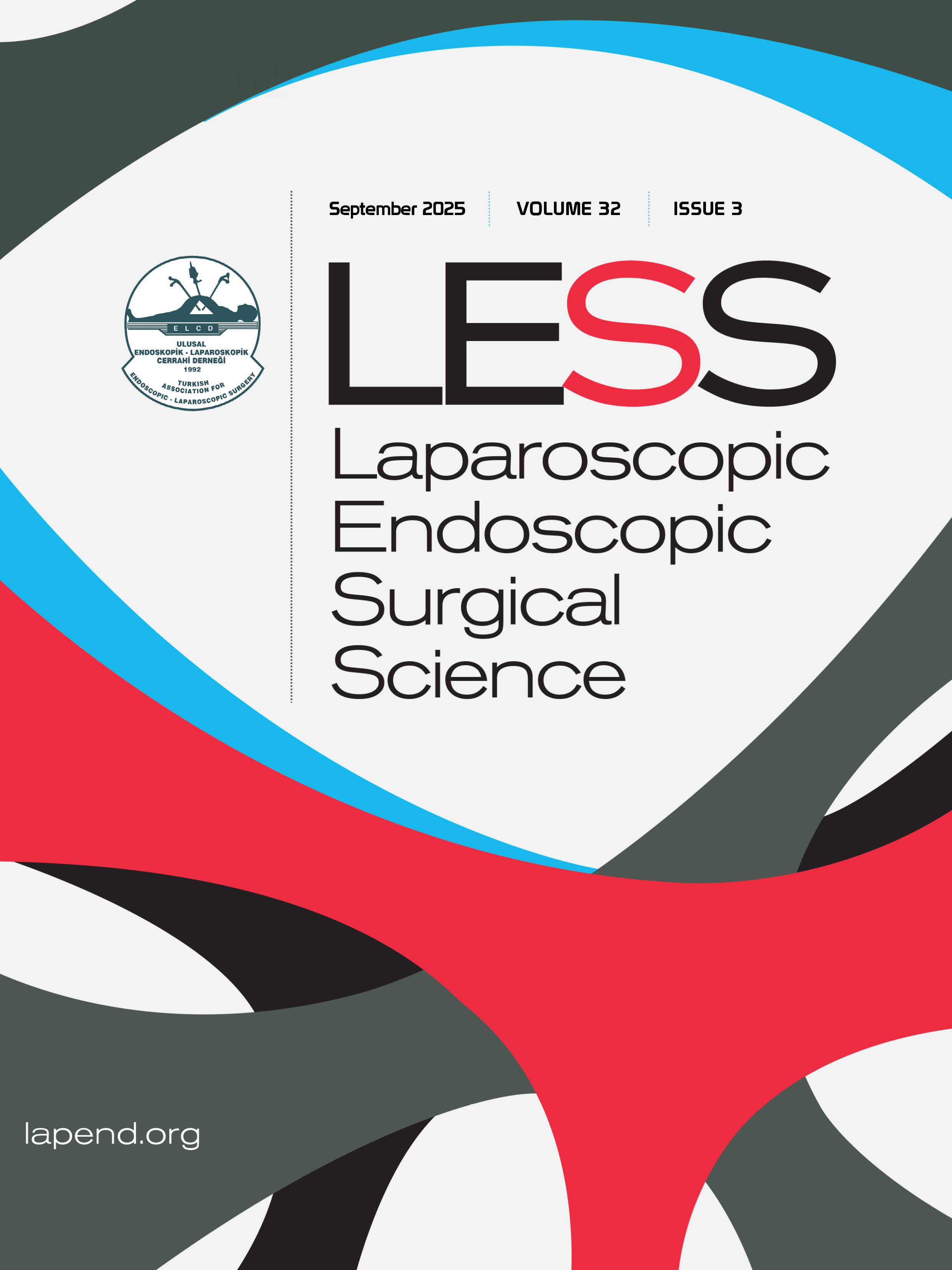Pneumoperitoneum, pneumoretroperitoneum, pneumothorax, and subcutaneous emphysema findings in a case of perforation after colonoscopy
Mehmet Patmano, Durmuş Ali Çetin, Tufan GümüşDepartment of General Surgery, Şanlıurfa Training and Research Hospital, Şanlıurfa, TurkeyColonoscopy is a widely used method for diagnosis and treatment. Endoscopic examination of the colon and rectum is performed for various purposes, including screening for and monitoring of colorectal cancer. Perforation after colonoscopy is rare; the occurrence is reported to be approximately 0.150.19%. A 54yearold male patient presented at the emergency department with abdominal pain 8 hours after a colonoscopy, which had been completed without any known problem. Examination revealed pneumothorax, pneumoretroperitoneum, intraperitoneal air, and subcutaneous emphysema. The patient was hospitalized for observation and treatment, without any signs of peritoneal irritation or leukocytosis. The patient was subsequently discharged without complications. The aim of this study was to analyze the clinical presentation, diagnosis, and treatment of a patient who developed retroperitoneal air, pneumoperitoneum, pneumothorax, and subcutaneous emphysema following a colonoscopy procedure.
Keywords: Colonoscopy, emphysema; perforation.Manuscript Language: English















